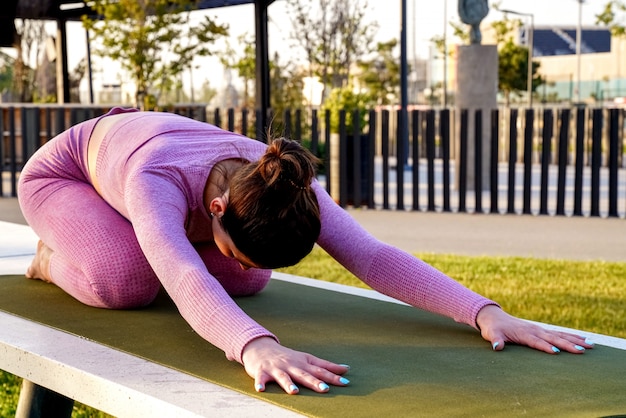As we age, staying active becomes more important than ever. Regular exercise helps maintain muscle mass, improves balance, supports heart health, and boosts mental well-being. However, exercising in the gym as a senior requires special attention to safety. The good news? With the right approach, seniors can enjoy a safe, effective, and rewarding fitness journey.
This guide presents 30 science-backed gym safety tips specifically designed for seniors. Each tip includes a clear explanation of what to do, why it works, and how to adapt it to individual needs and abilities.
Before beginning any new exercise program, get medical clearance—especially if you have chronic conditions like heart disease, diabetes, or arthritis. This step ensures your routine aligns with your health status.

Start with light cardio like walking or cycling. Warming up increases blood flow, raises body temperature, and prepares muscles and joints for activity, reducing injury risk.
Lifting with correct technique prevents strain and maximizes muscle engagement. Start with lighter weights and prioritize movement quality.
Gym machines offer stability and guide movement patterns, making them safer for beginners. They help build strength with reduced risk of imbalance or improper form.
A strong core supports posture, balance, and overall movement. Include exercises like seated marches or modified planks to build stability.
Incorporate balance exercises such as heel-to-toe walks or single-leg stands. These reduce fall risk by improving neuromuscular control.
Dehydration can lead to dizziness and fatigue. Older adults often have a reduced thirst response, so drink water even if you don’t feel thirsty.
Supportive, non-slip shoes provide stability and shock absorption. Avoid exercising in socks or loose footwear.
Even if you’re lifting moderately, having someone nearby during bench or shoulder presses adds safety and confidence.
Exhale during exertion (e.g., lifting) and inhale during relaxation (e.g., lowering). Breath control prevents blood pressure spikes.
Begin with weights or resistance bands that allow 10–15 controlled repetitions. Gradually increase as strength improves.
Exercises that mimic daily activities—like seated stands or step-ups—improve independence and reduce injury risk at home.
Shorter, consistent sessions are more sustainable and less taxing on aging joints and cardiovascular systems.
Gentle stretching improves flexibility and reduces muscle soreness. Focus on major muscle groups like hamstrings, shoulders, and hips.

You should be able to speak in short sentences during cardio. If you're gasping, slow down.
Modify with front raises or lateral raises at shoulder height to reduce joint strain.
Hold onto a chair or rail during standing exercises if balance is a concern. Safety comes before intensity.
Regular timing helps regulate energy levels and makes exercise a habit.
Hot or cold environments can stress the cardiovascular system. Choose climate-controlled gyms or exercise during milder parts of the day.
Pain, dizziness, or unusual fatigue are signs to stop and rest. Discomfort is not the same as productive effort.
Strength training combats age-related muscle loss (sarcopenia) and supports bone density, reducing fracture risk.
Bands provide variable resistance with low impact, ideal for arthritic joints or limited mobility.
Seated dumbbell presses or rows reduce fall risk and allow better focus on form.
Move slowly when transitioning from sitting to standing to prevent dizziness caused by blood pressure changes.
Ensure gym staff have your emergency information. Wear a medical ID if you have critical health conditions.
Slow, deliberate reps enhance muscle activation and reduce momentum-based injuries.
Static contractions (like wall sits) can spike blood pressure. Opt for dynamic, moving exercises instead.
Visual feedback helps maintain proper alignment during exercises like squats or rows.
Working out with a friend or joining a senior fitness class increases motivation and safety through mutual support.
Use a journal to log workouts, energy levels, and any discomfort. Small, steady improvements are more sustainable than rapid gains.
By following these science-backed tips, seniors can build strength, improve mobility, and enjoy long-term health benefits—all while staying safe and confident in the gym.

Fitness

Fitness

Fitness

Fitness

Health

Wellness

Health

Fitness

Health

Wellness

Wellness

Wellness

Health

Fitness

Health

Health